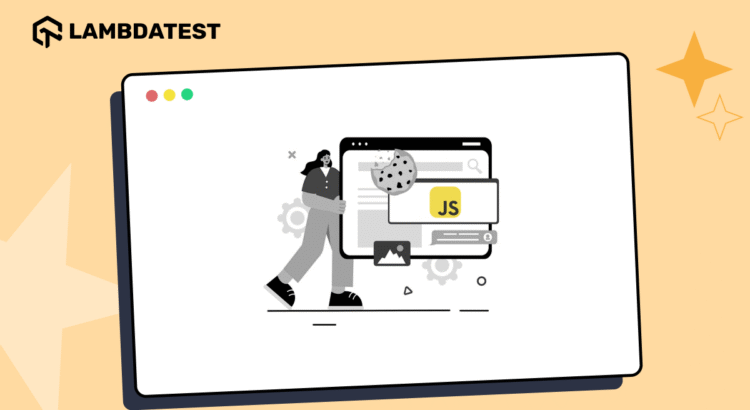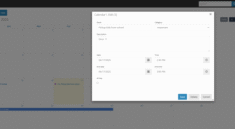Cookies play a key role in how the website is given your preferences and data sessions. Whether it’s saving login information, tracking user behavior, or personalizing your web experience, cookies do many things behind the scenes.
Using javascript, developers can easily read cookies to access this data and improve web functionality.
What are the cookies and how to make it?
Cookie is a small data sample stored in your browser based on the website. They used to get used to:
- Remember your login session
- Track search activities
- Save preferences such as dark mode or language settings
Each cookie consists of a name pair and can be accessed through javascript unless marked as httponly.
To make a cookie, you can use Document.cookie owned by.
This is a simple example:
|
|
document.cake = Desername; expired = Friday,; |
This creates a cookie by setting the name of the cookie (username), value (johndoe), expiration date, and path.
How do I read a cookie in javascript?
Javascript makes it simple enough to read cookies. This is the way you do it using Document.cookie owned by:
|
|
entertain.log(document.cake); |
It returns one string containing all the cookies for the current page, separated by a semicolon:
|
|
“user=Johndoe; theme=light; Token session=ABC123“ |
Then, you extract certain cookie values with getcookievalue () function:
|
|
function getcookievalue(Cookien name) { Const Cookie = document.cake.splitting(‘;’); For (let cake from Cookie) { let [name, value] = cake.cut().splitting(‘=’); If (Name === Cookien name) return mark; } return cancelled; } |
In this case, you read the theme called Cookie:
|
|
let theme = getcookievalue(‘theme’); entertain.log(theme); // Output: Light |
So:
- To make a cookie: Use document.cookie = “Cookiedata”.
- To read the Cookie: Use Document.cookie to get all the cookies, and extract specifics using functions such as getcookievalue ().
Best Practice When Reading Cookies
Below are some of the best practices that you must follow if you read the Cookie in Javascript.
- Use Encodeuricomponent And Decodeuricomponent: Always encode the value before setting the cookie and breaking the code when reading to handle special characters safely and avoid corruption data.
- Avoid Storing Sensitive Data in Cookies: Never save sensitive information like a password in the cookie unless they are encrypted safely to protect from theft.
- Update or delete the cookie correctly: Update or delete cookies regularly, especially those related to sessions, to ensure safe and efficient session management.
Conclusion
Reading cookies with javascript is a simple but strong technique, especially when meningbugging or testing data sessions. Whether you are building a login system, tracking user behavior, or validating browser storage, knowing how to read cookies is very important for effective web development. This understanding ensures that cookies are well managed in various browsers and the environment, maintaining a smooth user experience.
Frequently asked questions (FAQ)
How do you see the cookies stored in my browser?
You can type Document.cookie At the browser developer console to see the cookie set for the current domain ..
Can Javascript Read Httponly Cookies?
No, the cookie marked as httponly cannot be accessed by javascript for security reasons.
How are the cookies tested during the browser automation?
Cookies are validated using a browser automation frame such as selenium or webdrivero. You can also test cookie behavior manually on platforms like Lambdatest.
Do all browsers support the Cookie in the same way?
While most modern browsers support cookies consistently, cookie behavior can vary throughout the browser, especially with the latest privacy updates. That is why cross-browser testing is very important.
Have a question? Drop them in the Lambdatest community. Visit now
Game Center
Game News
Review Film
Rumus Matematika
Anime Batch
Berita Terkini
Berita Terkini
Berita Terkini
Berita Terkini
review anime


